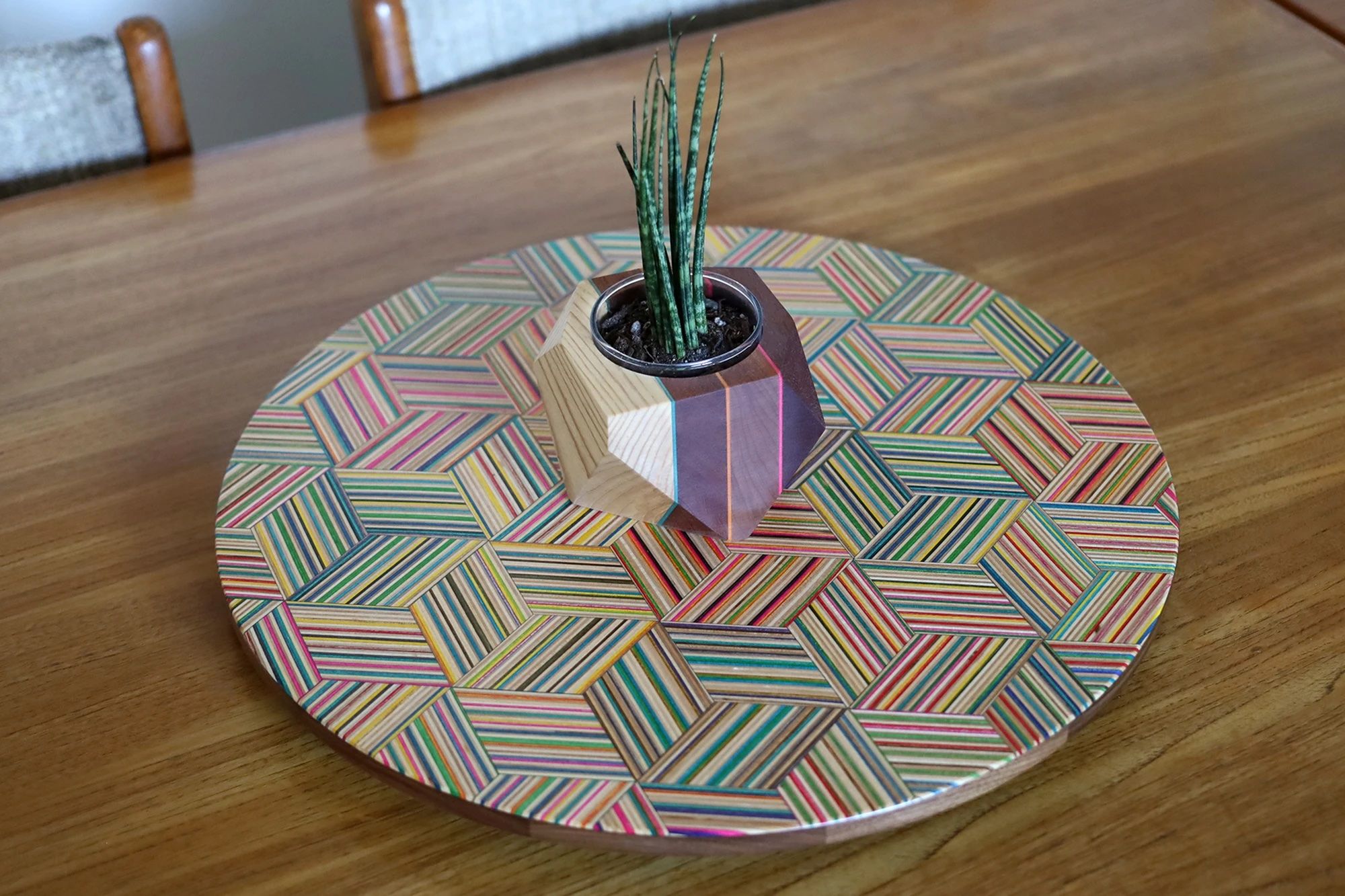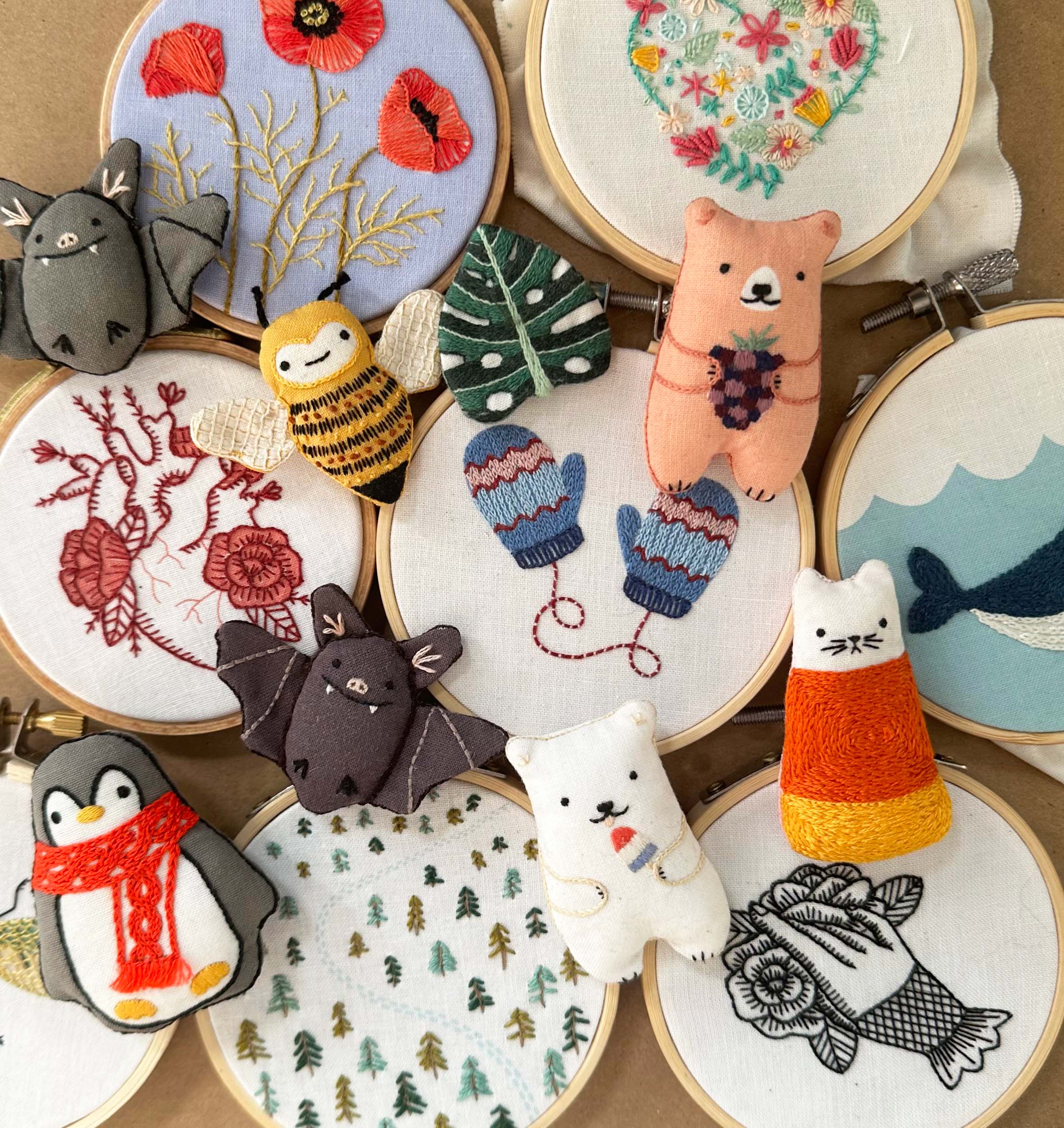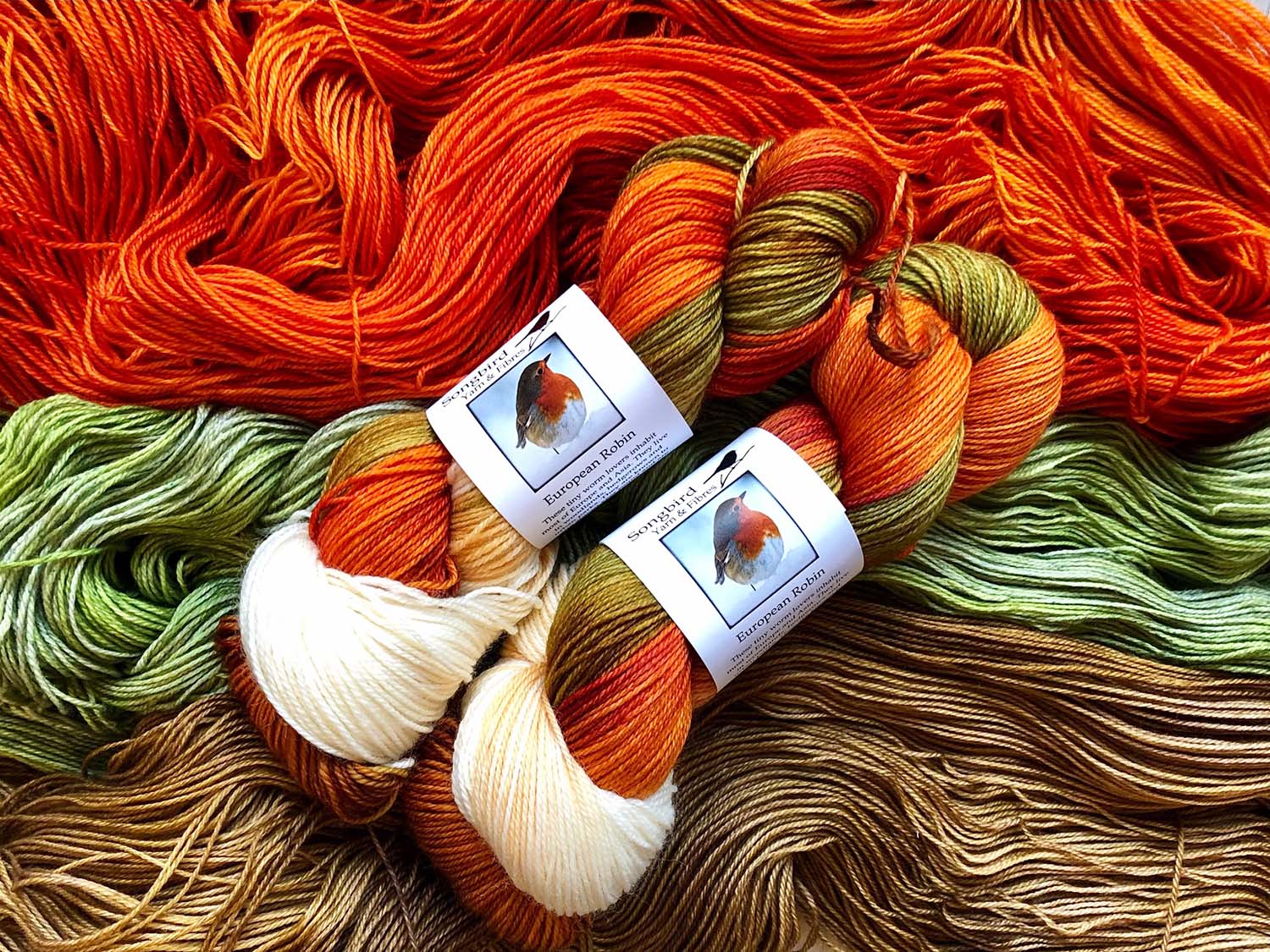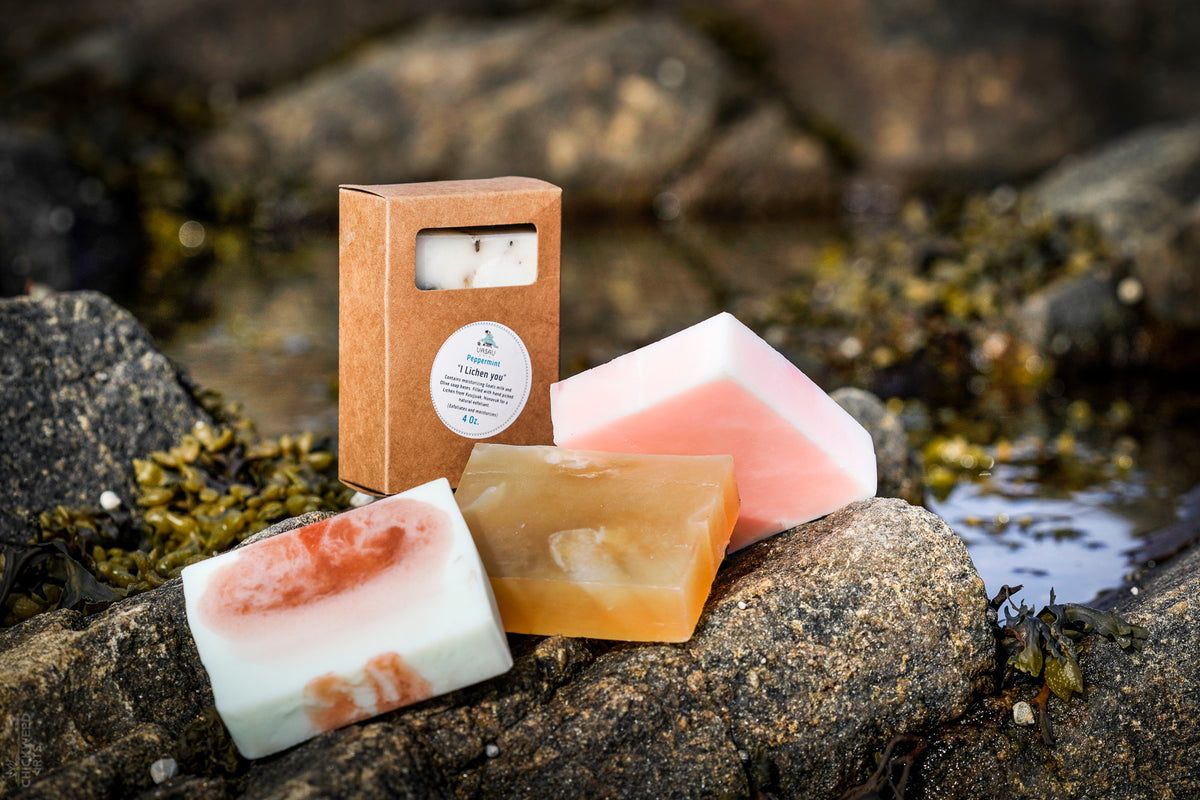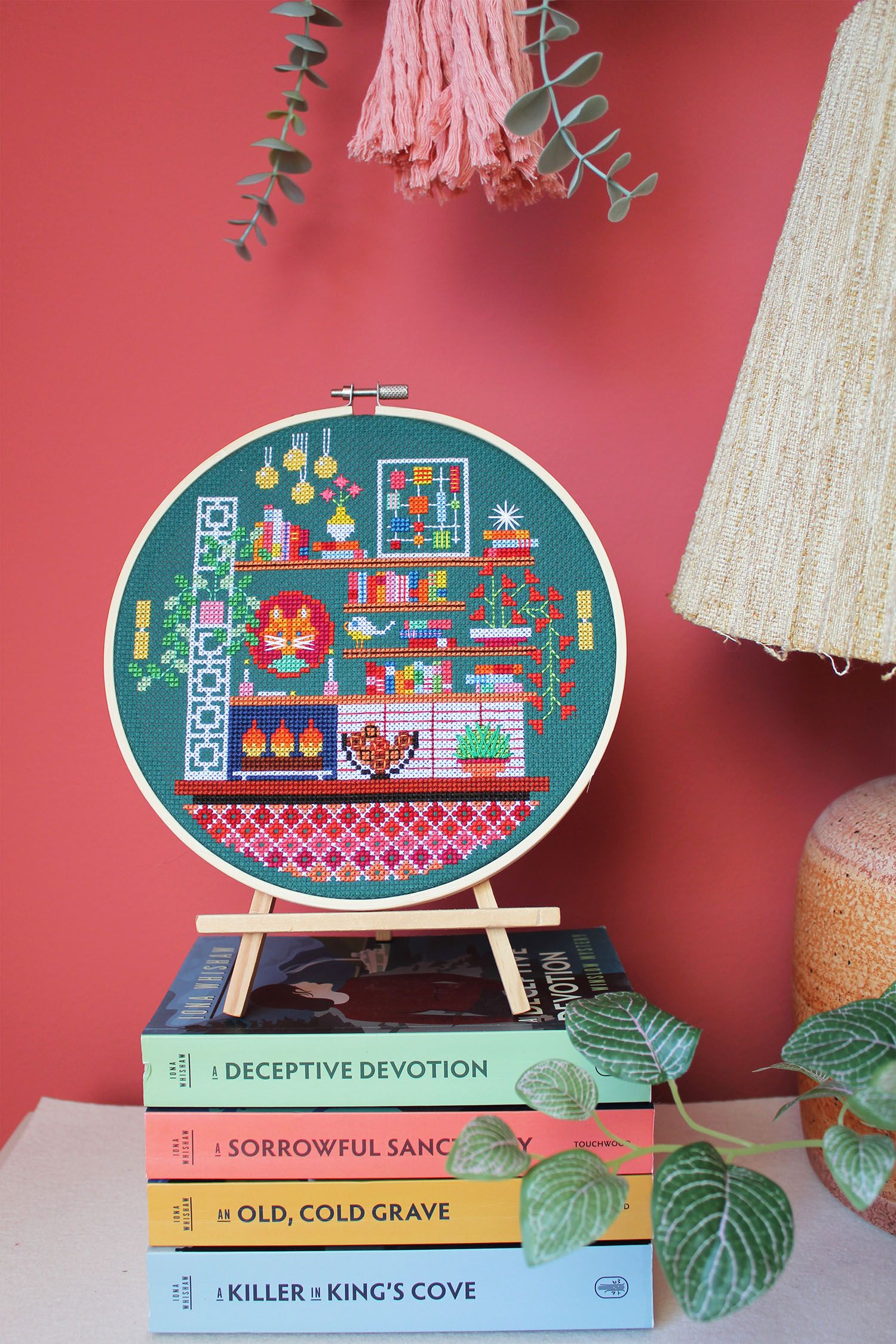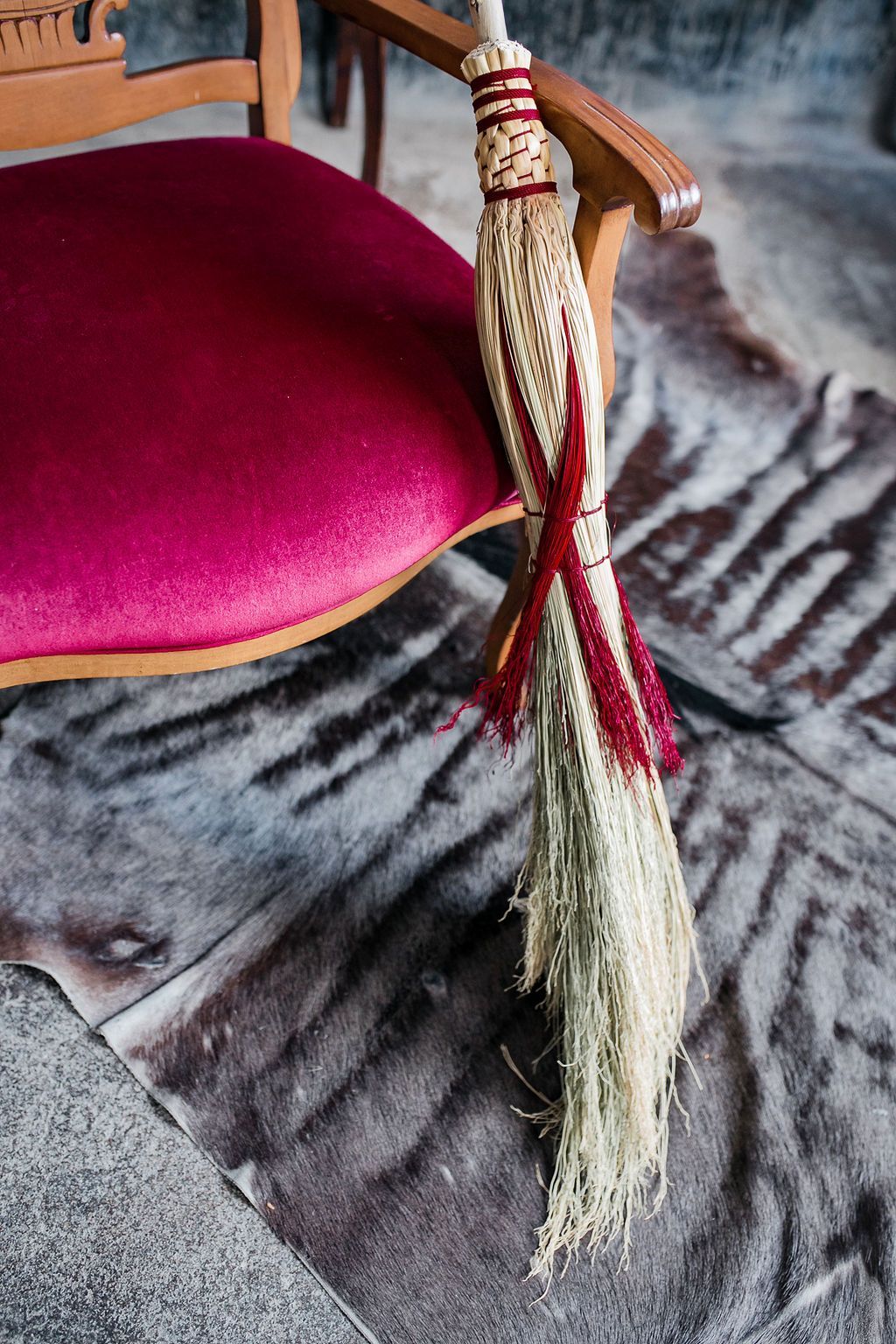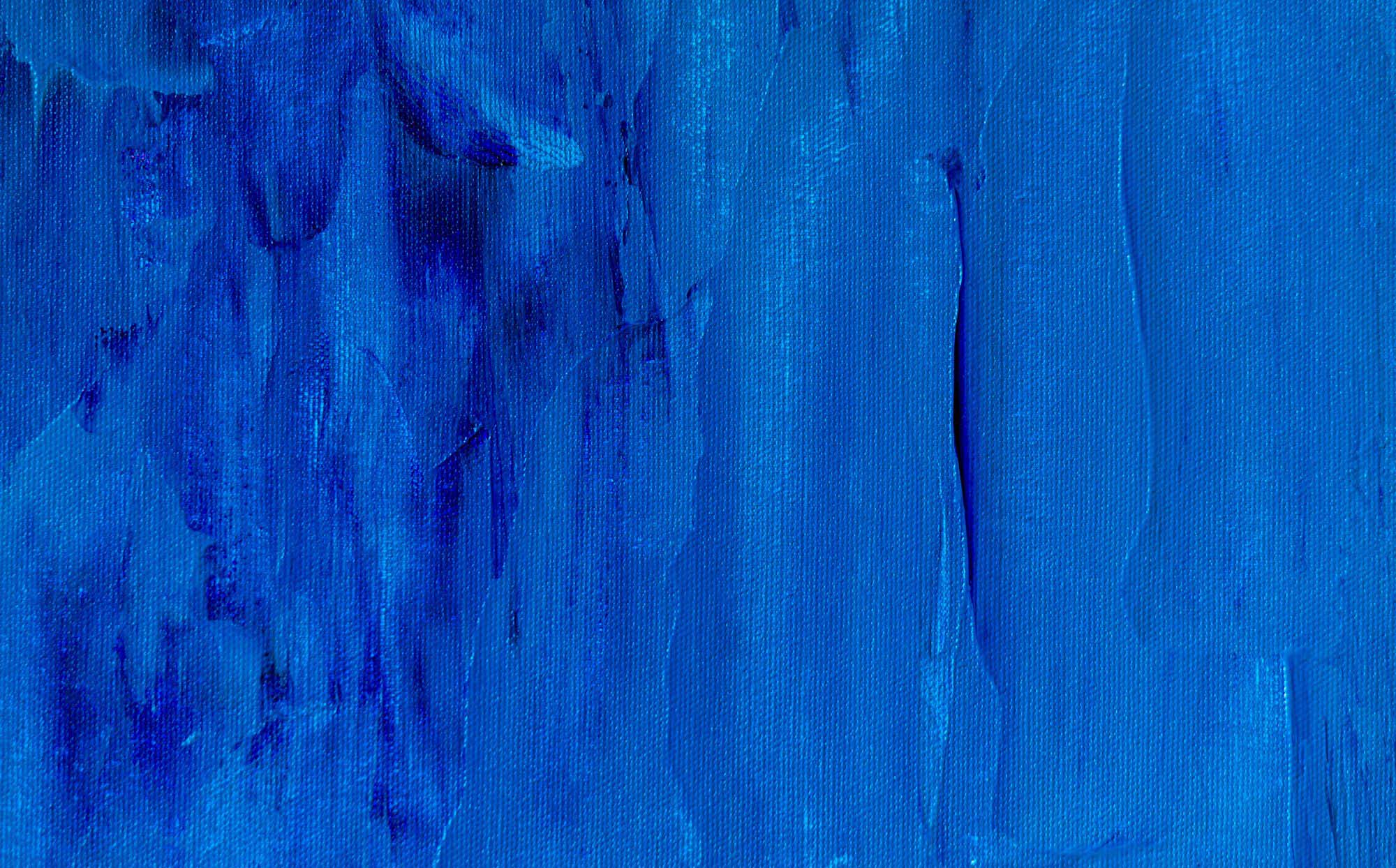There are upcycled products that, well, look like they’re upcycled. And then there’s Calgary’s AdrianMartinus. Inspired by a Japanese sculptor and the huge potential of still-useful material that would otherwise go to landfill, brothers Adrian and Martinus Pool and partner Anne Tranholm transform used skateboards into modern, colourful furniture, housewares and jewellery.
We chatted with Martinus Pool about the team’s design and development process and where they want to go next.
Workshop: How did your business get started?
Martinus Pool: My dad had started getting into woodworking as a hobby, so he was getting some entry-level machines. We had been doing carpentry work for a while at that point, and we started going out on weekends and evenings with our own skateboards that we were saving. Haroshi, a Japanese sculptor who's sort of the godfather of recycled skateboards, was a big inspiration for us, and then we started trying to take it toward a more furniture and product design approach, learning how to use the material and what we can do with it.
W: Let’s step back a bit for people who aren't into skateboarding. How often do skateboards break and get replaced? How much material are we talking about here?
MP: Well, I'll do the rounds in Calgary — I'll go to the skate shops that are always saving [used boards] for us. During the summer, I'd say we probably get 50 boards a week. For me, I'll use up a skateboard every two or three months. But if you're someone who's skateboarding all the time, and trying to fail and get tricks and do that sort of stuff, you could have a new skateboard every week really easily.
W: And what are they made of exactly?
MP: The boards that we use are seven layers of maple veneer. It's essentially the highest-quality plywood out there. Before they're pressed into the skateboard shape, the veneers are dyed in different colours. That's where all the colours in the work come from.
W: What was the experimentation process like?
MP: There’s a pretty steep learning curve, because it's definitely not the easiest thing to work with. And it's really hard on equipment with all the paint and dirt and grit and grip tape that needs to come off. But I think the first thing we made that was a lightbulb moment was the baseball bat, where we figured out how to laminate the boards together to build them up into larger pieces of lumber.
For a while we were like, well, you can only make one thing from one board, and we were cutting out things like incense burners or charcuterie boards. But the baseball bat was the thing that really showed us that we can do anything with them.
Since then, our process is always getting more refined and fine-tuned and changing. Now we have a process that every single board goes through to get the different pieces for all the different things we make. A single board could end up in 30 or more different products.
W: You basically layer and glue them together to make a giant hunk of wood, right?
MP: Yeah, the different sections of the boards become the different hunks. There's the standard, which is the prime cut — those all go into the furniture that we do, so that we can get those perfect, straight, continuous lines. Then we have cuts that go into the rolling pins and the crib boards, and the noses all go into the bowls. There's also offcuts from the rolling pins and the crib boards that we make into stacking blocks. Now the process is so refined that every little bit has a place where it gets used for different things.
It’s been a lot of figuring out how to make the skateboard go far. In Calgary, there's only six months — if we're lucky — that you can really be skateboarding outside. It does put a limit on the supply. That's why we figured out how to do the veneering to get that look on our cribbage boards: instead of making one board, we're able to cut that into 10 pieces and put that on top of regular lumber so that we're able to make the material go far.
W: What are some of the more popular products in the line?
MP: The crib boards and rolling pins are definitely our top sellers and mainstays. I think the rolling pins are the longest-running items that we've had, and the bowls. And since the credenza won the Etsy award last year, we've had a consistent number of orders on those, which is really awesome and exciting. And then the jewellery has always been a good seller as well, especially with our retailers. For what it would take to make one crib board we can make 50 pairs of earrings, so it's definitely a good thing to have on the diversified product catalog.
W: Have there been any big learning experiences along the way of working with upcycled materials or deciding which products are going to sell better?
MP: I think for us, the biggest thing is to do all of the work in big steps. So if we need 10 boards to do a thing, we don't clean 10 boards — we clean all of them. I'll do a full couple days of just cleaning the graphics and tops off the board so that we have that material away in bins and ready to use.
W: Is there anything in the product line that’s close to your heart?
MP: For me, it's the bowls. We've been doing really insane holiday prep mass production, but now I have, I think, almost 45 bowls and dishes that I get to turn, so I get to spend a week and a half at the lathe. Anne is getting into pottery now, I think that's her favourite thing. And Adrian really likes the challenge of the bigger commissions, the one-off big furniture pieces. We definitely have some good balances of personality types for what needs to get done for this to work out.
W: Like you said, you’re in the middle of holiday prep. But beyond that, do you have any plans or dreams or goals with this line?
MP: I mean, maybe eventually take some breaks! This last year has been such a whirlwind since winning the Etsy award. Once we get through this holiday season, we'll be able to slow down a little bit and reassess where we want to be. I think for me personally, I want to do a bunch of big stuff on the lathe; rather than the little eight-inch bowls, I want to do some bigger things.
W: To what degree do you think your audience is people who have a connection with skateboards versus people who think that the products are cool?
MP: I think there's both. There's people who see it and immediately know this is a board, because it is a very unique and distinctive material. They know exactly what they're looking at. But there's a lot of people who are just, “Oh, I love this so much, what is it?” and you tell them and their mind is totally blown.
(Interview has been edited for length and clarity.)
Thanks to Martinus Pool for taking the time to speak with us, and for use of their photos. You can see more AdrianMartinus products on their website and on Instagram.
Who should we speak with next? Let us know in the comments!

